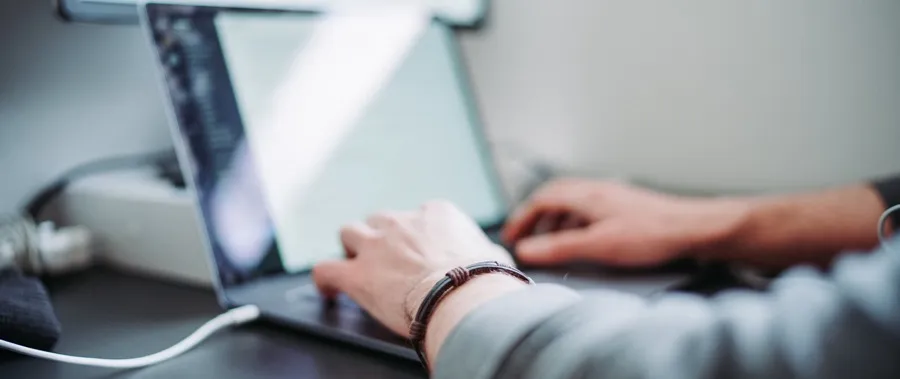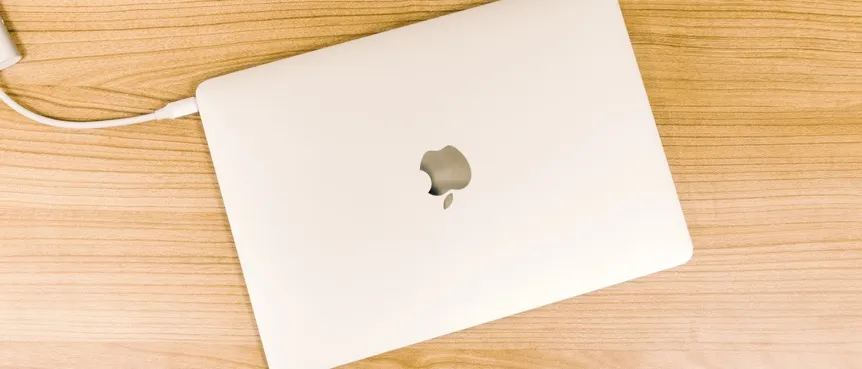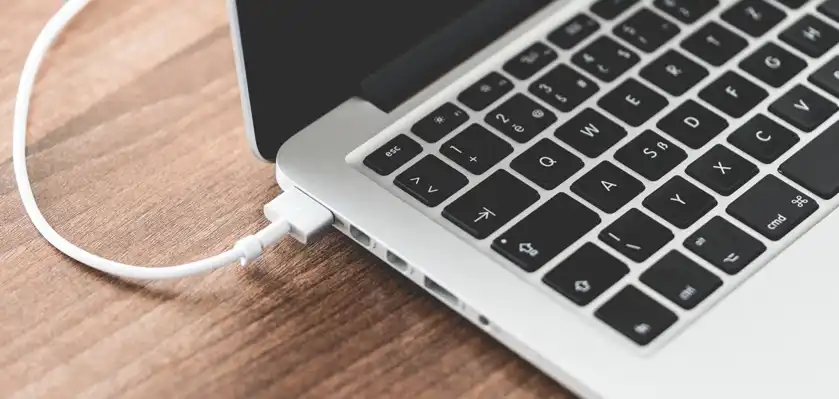If you’re like me, you probably use your MacBook pretty much all day long. I take mine with me to work, to coffee shops, and on vacation. And since I’m often away from an outlet, I find myself charging my MacBook more often than I’d like.
But is it really OK to use your MacBook while it’s charging? Can this damage the battery or shorten its lifespan? Let’s take a look at what the experts have to say.
According to Apple, it’s perfectly fine to use your MacBook while it’s charging. You can charge and use your MacBook at the same time without worrying about damaging either one. In fact, you can potentially prolong the life of your battery by doing this.
You’ll also never need to worry that leaving it plugged in will cause any harm because MacBook has been designed with safety features built right into it!
Today’s MacBook uses lithium-polymer batteries and has three different microcontrollers in the computer, battery, and power adapter, these little guys will make sure your Mac never overcharges or starts a charge cycle too often.

What Is the Proper Way to Charge a Macbook Pro?
Before knowing good charging behavior, you need to know the proper steps of how to charge your MacBook:
- Connect the power adapter to a power outlet
- Plug the cable into the power outlet and the port on your MacBook
- Take a look at the light indicator, it the battery is charging or charging is on hold, the indicator light will glow amber, and when the battery is full it will glow green.
- If the indicator light flashes, please unplug all the cables, and make sure every port is dry and clean from any kind of waste/dust. after that, restart your MacBook and try to charge again afterward.
The best habit for charging a MacBook is actually to always plug it into a charger whenever it is available. Always keep the MacBook connected to the power outlet even until it is fully charged while using it, MacBook system is smart enough to detect when to stop charging the battery before it overheats because of overcharge, and after that MacBook will switch to powering the MacBook directly from the power outlet/charger and make the battery on rest.
To Extend the lifespan of your MacBook battery, it is best to avoid extreme ambient temperatures while charging, especially if it reached higher than 95° F or 35° C, which can damage both your device and battery. The ideal temperature is around 62° to 72° F or 16° to 22° C.
Some type of cases is also can lead to generating excess heat on your MacBook, so if you use a MacBook case and you notice that your MacBook gets hotter when you charge, consider removing the case while charging.
Keeping your battery in always full condition is also not good, make sure to regularly drop the battery capacity to the 20% and 40% range. Letting it discharge until down to zero is also not good for the battery lifespan.
And the final point, make sure the Battery Health Management is enabled, it is built-in software from Apple for all their device to maintain the health of the battery by doing some smart action such as pausing charging temporarily while in extreme temperature conditions.

At what percentage should I start to charge my MacBook
There is no need to wait until your MacBook’s battery is completely empty before recharging it. In fact, it’s actually better for the battery if you charge it before it runs all the way down.
Apple recommends that you charge your MacBook Pro when it reaches around 20% capacity. So, if you’re using your MacBook and notice that the battery level is getting low to that level, go ahead and plug it in.
Doing this will help prolong the life of your battery and keep it working at peak performance.
At what percentage should I stop to charge my MacBook
It is perfectly fine to leave your MacBook plugged in all the time. Doing so will help prolong the life of your battery.
When your MacBook Pro is connected to a power source, it will automatically stop charging the battery once it reaches 100% or even before that. This prevents the battery from becoming overcharged and damaging the electrodes.
Once the battery reaches 100%, the MacBook Pro will switch to powering itself directly from the power source and will not use the battery at all. This is called “pass-through charging” and is perfectly safe for both your device and the battery.
But if you are planning to store your MacBook or leave it off for the long term, better to charge the battery a half or around 50%. If you leave with the condition of full discharge, the battery potentially goes into a state of deep discharge, and it’s dangerous because can make the battery incapable of receiving charge anymore. On the contrary, leaving your MacBook fully charged for a long period of time may lead to the battery losing some capacity and eventually making the lifespan shorter.
